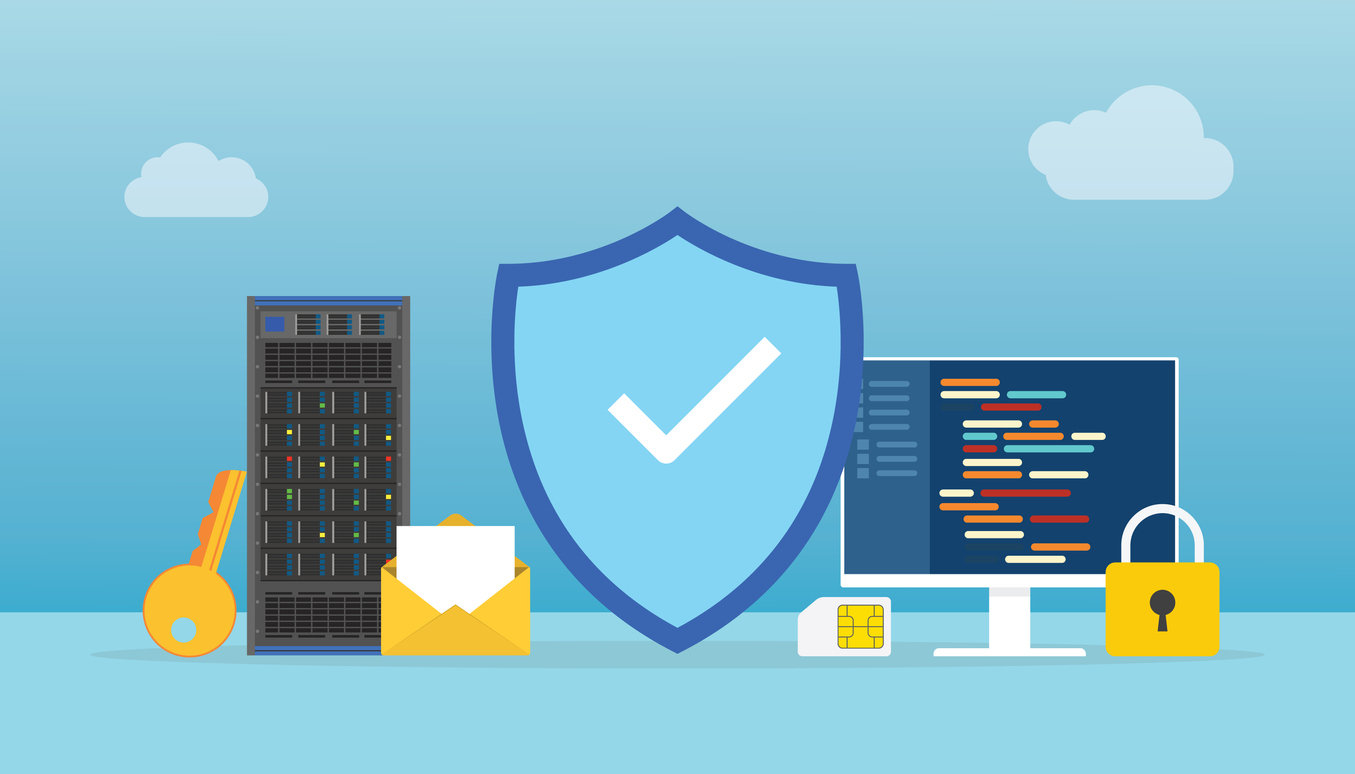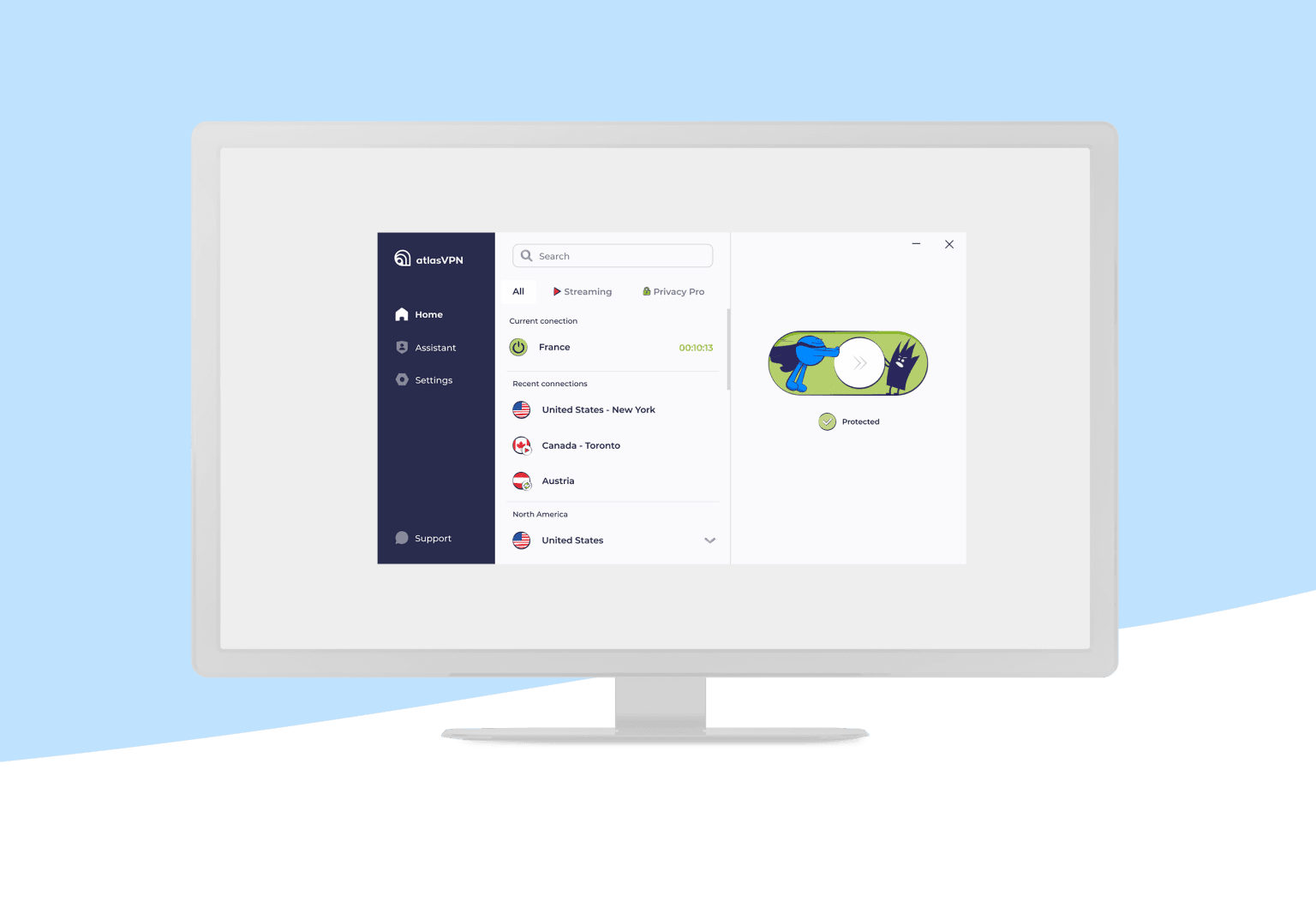Why Hands-On Labs Make Cloud Computing Training More Effective
Hands-on labs are essential for mastering cloud computing, offering practical experience beyond textbooks or videos. They enhance knowledge retention, skill development, and problem-solving by simulating real-world scenarios in a risk-free environment. Learners receive immediate feedback, build confidence, and stay updated with industry tools, making them job-ready and competitive.

Cloud computing is transforming industries, and learning it requires more than just textbooks or videos. Effective training in cloud computing programs demands hands-on experience. Why? Because real-world application is the key to mastering cloud environments, tools, and processes. Hands-on labs provide immersive, practical learning that traditional methods can’t replicate.
Learning by Doing
Theoretical knowledge is essential, but without applying it, concepts often remain abstract. Hands-on labs allow learners to create virtual machines, manage storage, and deploy applications in live environments. This kind of “learning by doing” builds muscle memory, enhances retention, and prepares participants for real-world challenges.
Bridge the Skills Gap
Hands-on labs effectively address the gap between what learners know and what employers need. By working directly with cloud tools and platforms, participants gain practical experience that aligns with industry demands. This is especially valuable in cloud computing programs, where the goal is to produce job-ready professionals.
Simulate Real-World Scenarios
One of the best features of hands-on labs is their ability to recreate real-world situations in a risk-free environment. Learners can troubleshoot system errors, optimize cloud costs, or deploy scalable solutions without fear of failure. This safe experimentation helps build confidence and problem-solving skills critical to cloud computing roles.
Why Hands-On Labs Work
Here’s a comparison of traditional learning methods versus hands-on labs to show their impact:
|
Aspect |
Traditional Learning |
Hands-On Labs |
|
Knowledge Retention |
Limited to theoretical concepts |
High, through practical application |
|
Skill Development |
Minimal |
Robust, due to real-world practice |
|
Engagement |
Passive |
Active and immersive |
|
Problem-Solving |
Theoretical |
Practical and situational |
|
Readiness for the Job |
Delayed |
Immediate |
Immediate Feedback and Growth
In hands-on labs, learners receive instant feedback on their performance. Whether it’s an error message from a misconfigured server or a successful application deployment, the learning process is immediate and impactful. This real-time feedback loop helps learners quickly identify and correct mistakes, fostering growth.
Build Confidence
Nothing builds confidence like successfully completing a task. Hands-on labs empower learners to experiment, troubleshoot, and succeed in a controlled environment. This practical experience gives participants the assurance they need to tackle complex projects in real-world cloud computing roles.
Collaboration and Teamwork
Cloud environments are rarely managed in isolation. Many cloud computing programs incorporate hands-on labs to simulate team-based scenarios. These labs teach learners to collaborate effectively, share resources, and manage tasks in multi-user environments, mirroring workplace dynamics.
Stay Updated with Industry Tools
Cloud technology evolves rapidly. Hands-on labs often integrate the latest tools, platforms, and updates, ensuring learners stay current. This exposure to cutting-edge technologies gives participants a competitive edge in the job market.
Key Benefits of Hands-On Labs
-
Enhanced Retention: Applying knowledge solidifies concepts.
-
Risk-Free Environment: Learn from mistakes without real-world consequences.
-
Industry Relevance: Work with tools and scenarios employers value.
-
Adaptability: Prepare for changing technologies through practical experience.
Conclusion
Hands-on labs are the cornerstone of effective cloud computing programs. They transform learners into skilled professionals who can confidently handle real-world challenges. By integrating hands-on labs into training, organizations and individuals ensure they are prepared for the demands of an ever-evolving cloud landscape. For anyone aiming to excel in cloud computing, hands-on labs aren’t optional—they’re essential.
For more blogs, visit: bipny.com
What's Your Reaction?




















